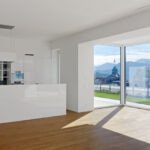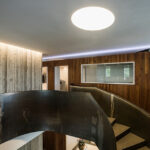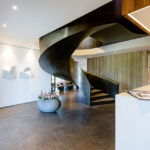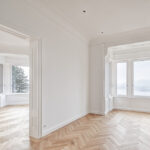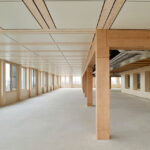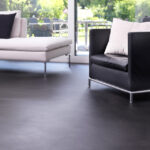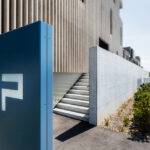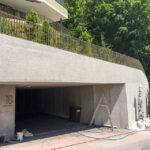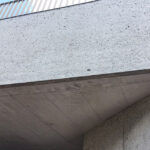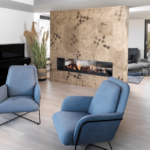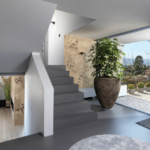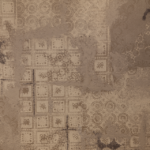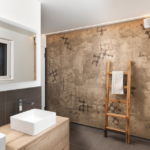- Home
- Competencies
Facade construction
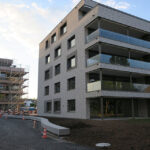
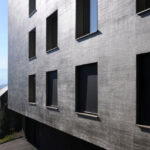
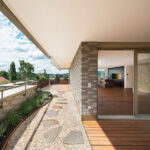
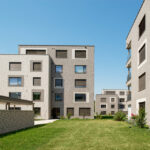
- Service
- About Us
- Contact
Headquarters in Emmen
-
MVM AG
Kirchfeldstrasse 44
6032 Emmen - 041 289 04 04
- mail@mvm-ag.ch
-
Monday - Friday
08:00–12:00 / 13:30–17:00
Zug location
-
MVM AG ZG
Commercial Street 11
6330 Cham - 041 758 18 57
- mail@mvm-ag-zug.ch
-
Monday - Friday
08:00–12:00 / 13:30–17:00
Sursee location
-
MVM AG Sursee
Surentalstrasse 10
6210 Sursee - 041 920 35 15
- mail@mvm-ag.ch
-
Monday - Friday
08:00–12:00 / 13:30–17:00
Stans location
-
MVM AG Stans
Hansmatt 30
6370 Stans - 041 610 00 42
- mail@mvm-ag.ch
-
Monday - Friday
08:00–12:00 / 13:30–17:00
-
MVM AG
- Rental
- Shop
Architecture in transition: facade inspiration from architectural history
- Competently. Innovative. Qualitatively.
- from MVM AG
- March 6, 2024
Welcome to a fascinating journey through time. Discover the art of architecture through the ages. From the structured columns of antiquity to the sky-striving pointed arches of the Gothic to the clear lines of modernity - each era tells its own story of aesthetic and technical innovation. This blog post invites you to discover the inspiring world of facade design. Explore how historical styles influence and shape modern architects. Immerse yourself with us in the art that continues to shape and enrich our environment today.
From antiquity and Gothic to postmodernism: a journey through the eras of facade design
Discover the evolution of facade design that spans several eras. It illuminates the diversity of architectural expressions from antiquity to postmodernism. Immerse yourself in the diversity of architectural expressions, which spans several eras and shows the evolution of facade design from antiquity to postmodernism.
Ancient Wonders of Facade Inspiration: Greece and Rome
The architecture of antiquity, particularly that of Greece and Rome, laid the foundation for Western architecture. The Greeks perfected the orders of columns – Doric, Ionic and Corinthian – which had not only structural but also aesthetic functions. In Rome, these ideas were further developed and supplemented with innovative techniques such as the use of concrete. This led to impressive domed buildings and the architectural style of the well-known public baths. The mosaics and murals, rich in mythological and everyday scenes, demonstrate a deep understanding of art and craft.
Gothic flights of fancy: The architecture of aspiration
The Gothic period, known for its soaring steeples and ogival windows, marked an era of architectural ambition. This period is characterized by the introduction of the ribbed vault and the buttress. This not only led to a structural revolution, but also allowed churches to be taller and more light-filled than ever before. The tracery brought a new dimension of aesthetic complexity to window design that continues to make Gothic architecture distinctive to this day. It consists of geometric patterns that are implemented as stone profiles, whereby the stone is completely broken through (skeletonized).
Renaissance: rebirth of harmony
The Renaissance marked a return to harmony, proportion and humanism, inspired by the revival of ancient ideals. Architects of this era revolutionized facade design through the application of mathematical precision and geometric shapes. These reflect the pursuit of symmetry and order. This period shows a deep admiration for antiquity, manifested in elegant simplicity.
Baroque and Rococo: Drama and detail of the facade inspiration
During the Baroque and Rococo periods, facade design experienced an era of movement, contrast and theatrical expression. These periods gave rise to a preference for opulent details, curved shapes and the intensive use of light and shadow. This achieves, above all, dramatic effects.
Historicism and Eclecticism: Variety of Styles from the Past
Historicism and eclecticism brought an era in which architects interpreted and combined past styles. This is how new works were created. This period was characterized by a conscious reflection and adaptation of various historical influences. Architects incorporated elements of earlier eras to create buildings that were both nostalgic and innovative. In doing so, they emphasized the importance of history in modern architecture.
Modern to postmodern: break and dialogue with tradition
Modernism brought a decisive break with traditional architecture by emphasizing functionality, simplicity and the use of new materials. This led to minimalist facades characterized by clean lines and a move away from ornamental decoration. Postmodernism, on the other hand, initiated a dialogue with the past by taking up and reinterpreting historical elements, resulting in a diverse and often playful architectural language that honors both tradition and innovation.
Green visions: The revolution in environmentally friendly facade inspiration
As awareness of sustainability and environmental protection grows, green facades and the use of innovative materials are becoming increasingly important in architecture. This development represents a paradigm shift towards buildings that are not only aesthetically pleasing but also ecologically responsible. Modern technologies make it possible to design facades with living plants or to use materials that improve energy efficiency and environmental sustainability. This approach not only helps reduce the urban heat island effect, but also promotes biodiversity and creates a harmonious connection between urban space and nature.
Architecture as a Mirror of Time: A Summary
The journey through architectural history shows that facades are more than just the outer shells of buildings - they are evidence of cultural, technological and artistic developments. From the ancient columns of Greece to the sustainable green oases of modern metropolises, they reflect the spirit of their time and inspire constant innovation in architecture. Ready to leave your own architectural mark? Contact MVM AG, your competent partner for painting and plastering work, and realize your facade inspiration with us!




